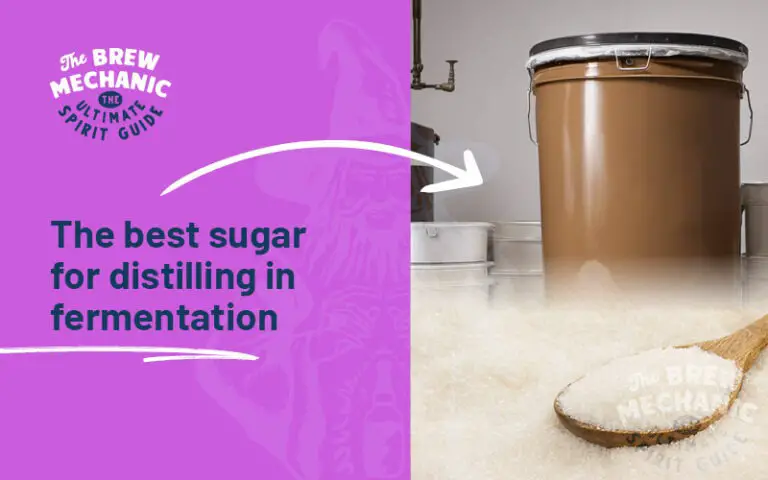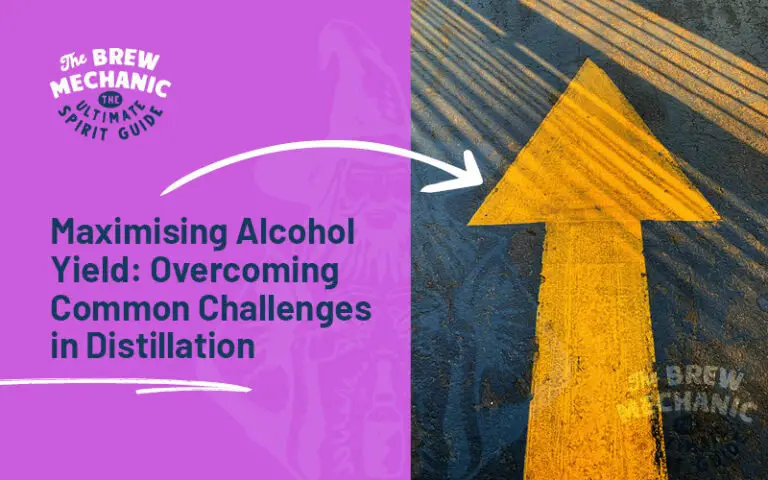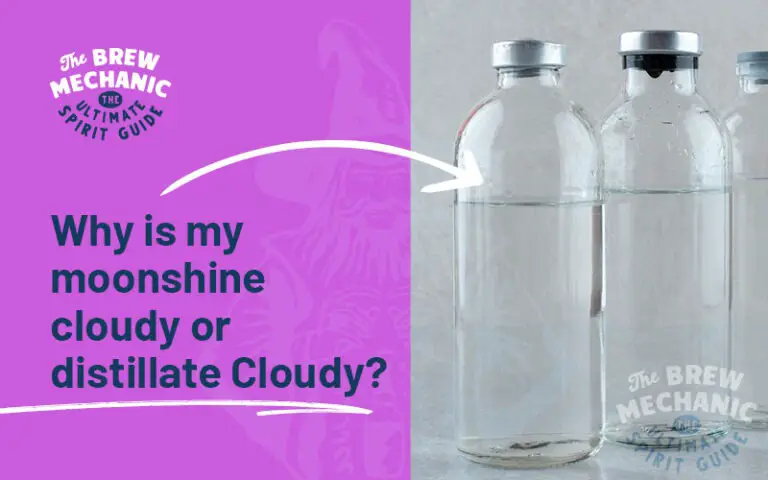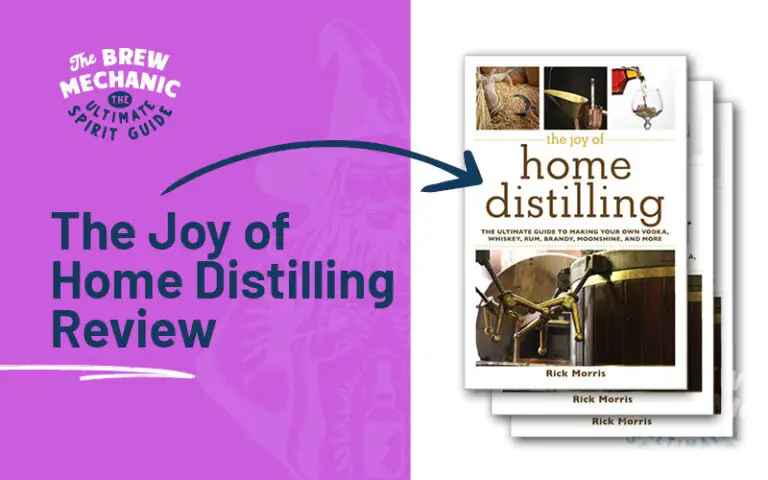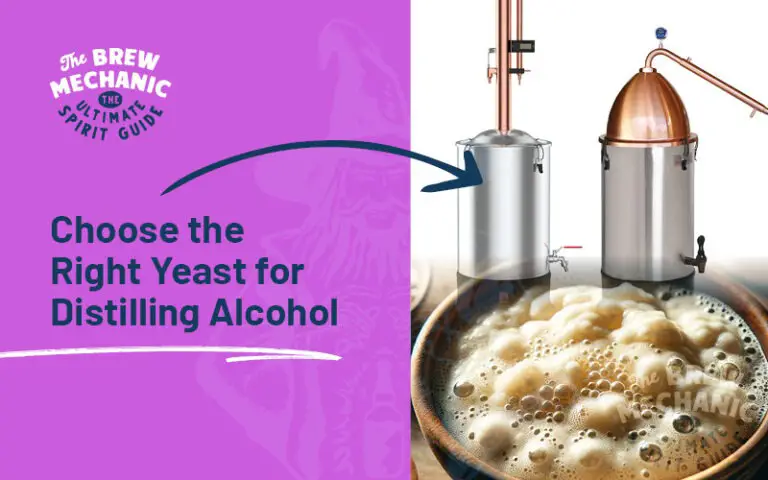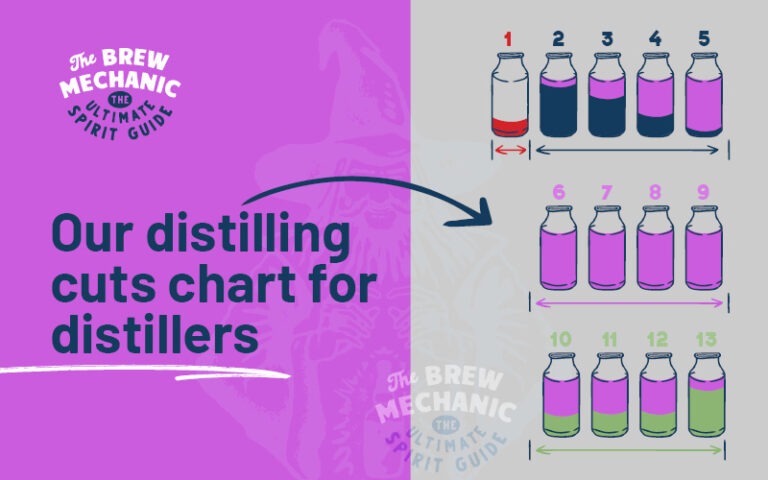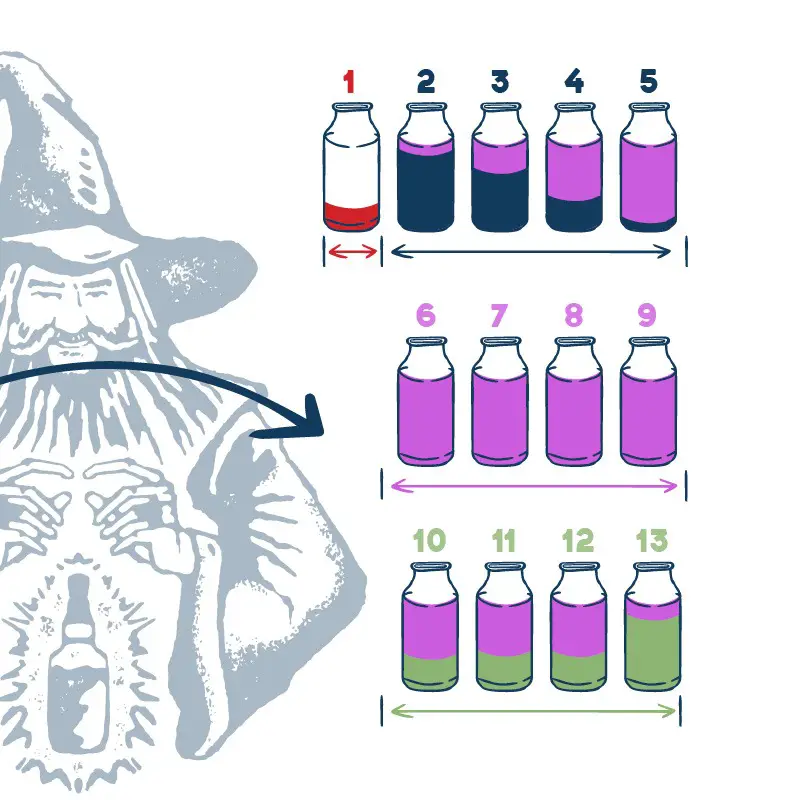how does a reflux column still work? The basics!
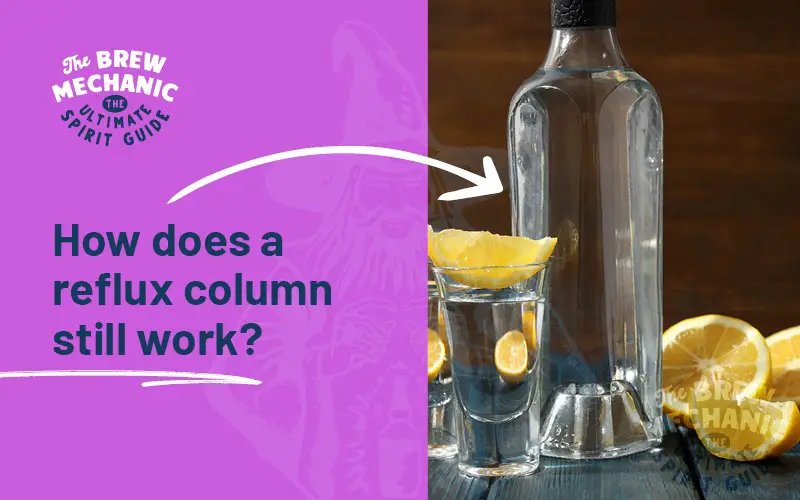
Disclaimer: This post might include affiliate links, through which I may earn a small commission without any extra cost to you. Additionally, I am an Amazon Associate and earn from eligible purchases. All the products and services I suggest are ones I have personally used or would use. Thank you very much for your support if you decide to buy through any of my links!
Come join the Distilling Squad!
Get the best fundamental tips & tricks here. Woohoo!
For those new to distilling, understanding how does a reflux column still work is key to mastering distillation. A reflux still, central to the process of distillation, utilizes the principles of boiling point, vapor formation, and condensation.
During a distillation run, it selectively separates components based on their boiling points, ensuring that only the desired product, typically with a higher purity, is collected. We show a step-by-step guide to how the reflux column works for your distillation.
What is the difference between a reflux still and a column still?
We need to understand temperatures and cuts before going through the steps of how does a reflux column work.
| Acetone – Foreshots | 56.6°C or 133.8°F |
| Methanol – Foreshots | 64°C or 147.2°F |
| Ethyl Acetate – Heads | 77.1°C or 170.8°F |
| Ethanol Range – Hearts | 78.3 > 81.5°C or 172.9 > 178.7°F |
| 2 Proponal – Tails | 82°C or 179.6°F |
| 1 Proponal – Tails | 97°C or 206.6°F |
| Fuesel oils – Tails | 94 > 95°C or 201.2 > 203°F |
Download our Distilling Cuts Chart here
Yes I want this epic PDF plus get tips and tricks! You will be joining our distilling mail list. 🙂
how does a reflux column still work?
A reflux still is made up of the following. Kettle (boiler), column and condenser with a reflux condensing section near the top of the column.
There are four steps in how does a reflux column still works.
1st – Step
2nd – Step
Before following this step all volatiles must be out of the kettle and column. Route the alcohol through the parrot that has an alcohol hydrometer in it for monitoring the ABV constantly.
3rd – Step
4th – Step
#1 Tip for your distillation journey
TIP: Don’t be greedy and put tails into your heart’s portion as you can’t get it out and will contaminate your good stuff aka moonshine or neutral spirits. Once graded you can add the balance of the failed jars into the next distillation as there is alcohol in the jars.
We wish you the best of luck in your distilling journey as understanding how does a reflux column still work is key to making this hobby awesome by following the rules and practices for safe enjoyable experience.
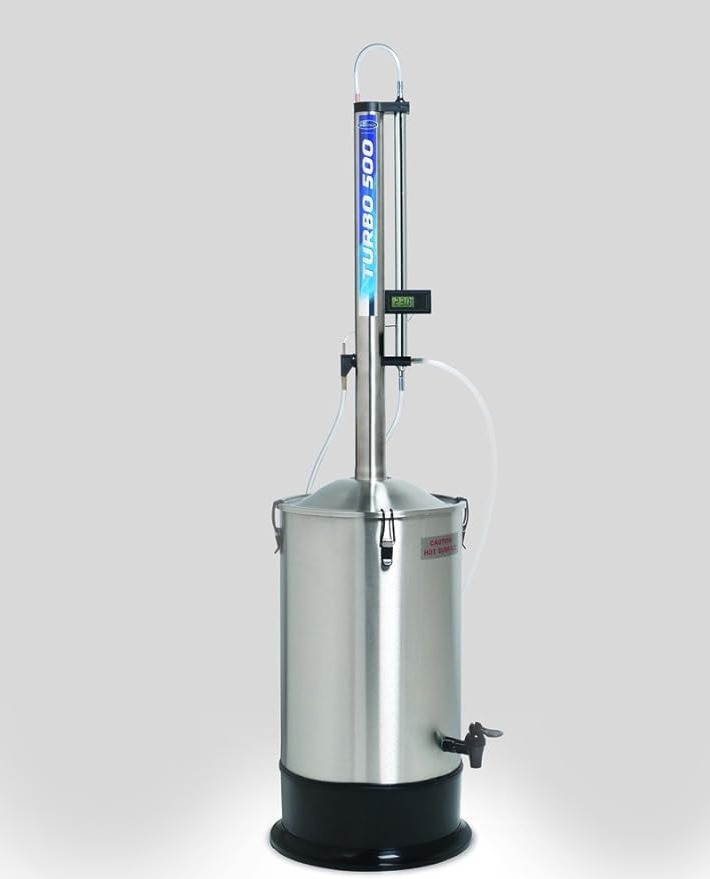
Reflux Still
Last Updated on Nov 27, 2023 by The Brew Mechanic
Disclosure: I may receive affiliate compensation for some of the links below at no cost to you if you decide to purchase a product or service. You can read our affiliate disclosure in our privacy policy. The information provided is for entertainment only.

With 35 years of knowledge of being a chemical engineer in alcohol manufacturing plants, my mission is to teach the next generation of home distilling alcohol brewers at a supernatural speed.
My reviews are based on real-life experiences with reflux stills, sugar wash, troubleshooting and mystical chemical reactions.

